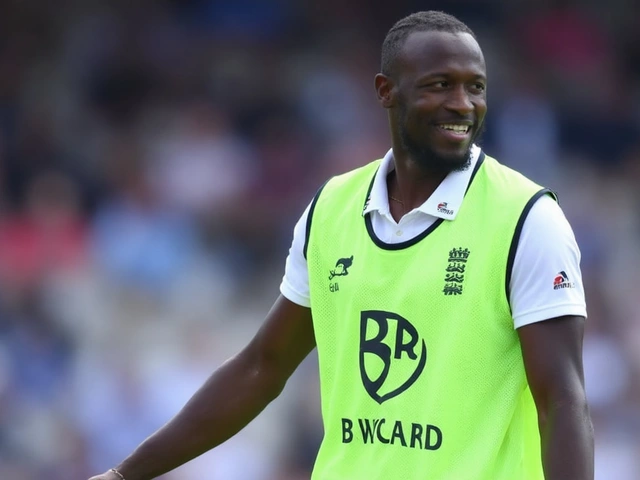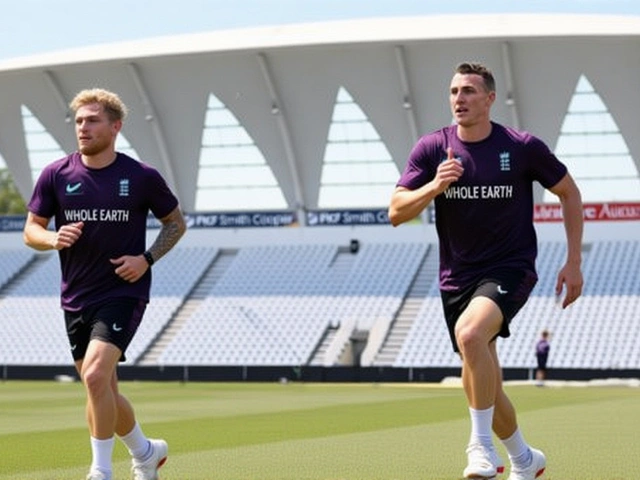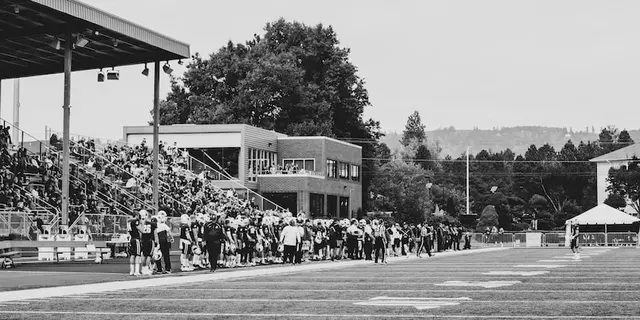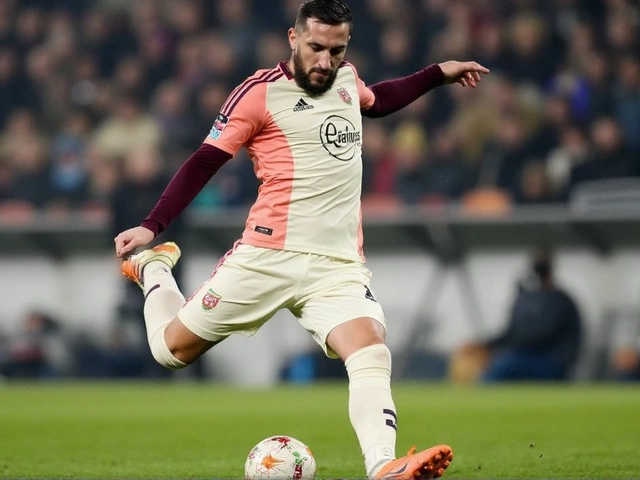Serious Injuries in Sports – What Every NY Coach Should Know
When a player goes down with a big hurt, the whole team feels it. Whether it’s a torn rotator cuff, a concussion, or a broken bone, serious injuries can sideline talent and shake confidence. As a coach in New York’s fast‑paced sports scene, you need clear ways to spot trouble early, act fast, and guide athletes back to full performance.
Spotting Red Flags Early
Most serious injuries start with a small warning sign – a nagging ache, unusual fatigue, or a sudden loss of balance. Teach your squad to speak up. A quick “Hey, that hurts” can be the difference between a quick rehab and months off the field.
Watch the body language during drills. If a player flinches on a normally easy move, pause and ask what’s up. Use simple check‑lists: pain level (0‑10), swelling, and range of motion. For head injuries, follow the “no more than 30 minutes” rule – if symptoms persist after a short rest, call a medical professional immediately.
Keep a log. Jot down any complaints, even if they seem minor. Patterns emerge fast: a recurring shoulder ache might point to overuse, while repeated ankle twists could signal weak stabilizers. Having that record makes it easier for trainers and doctors to diagnose the root cause.
Effective Recovery Strategies
Once a serious injury is confirmed, the goal shifts to safe, speedy recovery. Start with the basics: rest, ice, compression, elevation (RICE). For a torn hamstring, combine gentle stretching with controlled strengthening exercises under a physiotherapist’s guidance.
Nutrition plays a hidden but huge role. Protein supports tissue repair, while omega‑3 fats help reduce inflammation. Encourage athletes to drink plenty of water and consider adding a vitamin D supplement, especially during New York’s winter months when sunlight is scarce.
Psychology matters too. A player worried about losing their spot may rush back too soon. Hold short, supportive check‑ins. Let them set realistic milestones – such as walking without pain, then jogging, then sport‑specific drills. Celebrate each win; it builds confidence and keeps motivation high.
When it’s time to return to full training, use a graded approach. Begin with low‑impact activities like swimming or cycling, then move to sport‑specific drills that mimic game scenarios without full contact. Track progress with simple metrics: speed, agility, and pain levels after each session.
Finally, involve the whole coaching staff. Communicate the recovery plan clearly so assistants, strength coaches, and trainers all reinforce the same guidelines. Consistency prevents mixed messages and reduces the risk of re‑injury.
Serious injuries are tough, but with vigilant observation, a solid rehab plan, and a supportive team environment, your athletes can bounce back stronger. Keep these steps in your coaching playbook, and you’ll turn setbacks into comebacks for the NY sport community.
Kieran Lockhart, Feb, 16 2025
Valentine's Day Incident Sparks Police Manhunt in Meridian
An unexpected Valentine's Day incident in Meridian has sparked a police manhunt after a woman was seriously injured at a local pub. The suspect is still at large as investigations continue, with authorities urging witnesses to come forward.
View More




